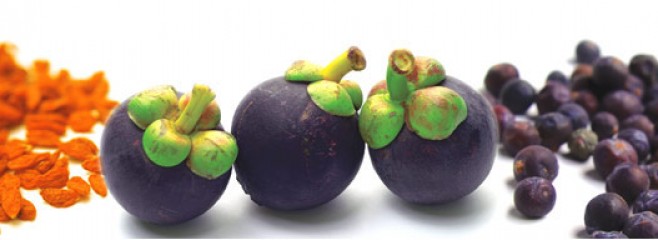
“Everything is a process, even the [farmer].”
– Michael Phillips
Maximizing the soil food web for your farm and garden ecosystems is not only possible, but inevitable. As topsoil continues to be depleted and lost at record rates worldwide, farmers are feeling the pressure to adopt new strategies for ensuring the long-term productivity of the land. The agricultural community at large is becoming more aware of the ways in which plants depend on healthy soil, and the soil food web is coming into the spotlight. Those who treat the soil as a living ecosystem are experiencing breakthrough success, as their farms demonstrate more resilience to droughts, floods, and other extreme weather events. Farmers and gardeners who treat their soils as a living ecosystem are tasting the results; more vibrant, nutritious, and abundant yields than ever before. And the ecosystem of beneficial insects and pollinators are coming back with authority. (citations)
An increasing number of farmers, gardeners and scientists alike are adopting this new paradigm of “living soil.” It’s not like adopting a child or even a family. When you adopt the living soil paradigm you adopt an entire community; in reality, this shift in understanding is an acknowledgment of an entirely new world. It is changing people’s entire relationship with the process of farming, gardening, and scientific study. The time has come to reform our notions of superiority in the web of life. Nature is not an inanimate resource bank awaiting our plunder. It is an ever-evolving dance of mutuality, collaboration, and adaptation. Time has come to see ourselves as part of this dance, not separate from it. Our roles as participants are many. The integrity and health of the niches that we occupy are largely the result of our attitudes and approaches to management.
Thus, the art of composting has as much to do with your approach as it does your execution. When you approach composting (and farming as a whole) with a sense of reverence and respect, your relationship with the process changes. If you can let go of the assumption that you’re the only intelligent life form on your farm, you can access an even greater ability —a greater sensitivity— to the process. The art of composting is the art of transformation, the art of succession and evolution. If you’re willing, you can begin to tune yourself to that process and become sensitive to the relationships between plants and the living soil. If you’re bold, you might even begin to treat your soil and plants as legitimate business partners and listen to their ideas about how the farm should be.
“Organic gardening is complex and simple, a blend of good science, fact, experience, intuition, experiments, play, speculation.” -Robert Kourik
Please remember that the science of compost, the science of the soil food web, is all metaphor. Cation exchange capacity, the nutrient cycle, carbon to nitrogen ratios – are all metaphors. The reality of the soil food web is something beyond our ability to express in words, which is why plants don’t grow in books. All the information up to this point in the paper, especially in Part 1, has been expressed in linear terms. Nature is not linear; nature is non-linear. The intelligence in the soil food web goes beyond our maps and diagrams, and cannot be explained by our facts and figures. The reality of life (and composting, farming) is not easily predictable. And this is the difference between living soil and dead soil, between an ever-depleted soil from which we extract life, and a regenerative soil that is teeming and overflowing with life. The paradigm of living soil acknowledges the vital interconnectedness between microbes and plants, air and water, sun and people. What we do to the web we do to ourselves, the earth is not a machine. And even the tiniest changes in one place can change everything in ways we wouldn’t expect. Living systems cannot be reduced to their component parts; the whole is greater than the sum of its parts. This is already well-established. This is the glory of natural law; this is the genius of creative intelligence. We are meant to live in abundance, but we need to drop our arrogance and learn how to listen again.
“When it is understood that one loses joy and happiness in the attempt to possess them, the essence of natural farming will be realized. The ultimate goal of farming is not the growing of crops, but the cultivation and perfection of human beings.”
― Masanobu Fukuoka
I understand that if you’re committed enough to have sought out the information in this paper, you probably already consider yourself a natural farmer or gardener. Let this be an appeal not to reason but to intuition. As you take the information, the compost pile recipes, materials lists and instructions, and prepare to apply it to your current operations, do your best to carry yourself more as a midwife than a chef. Realize that with every compost pile you make you’re giving birth to an entire community of new life forms, and your farm will be a stronger community because of it. Like any good community organizer (which you are), you’ll need patience, compassion and understanding, as you already know. Engage in the process of growing more abundant and healthy plants so that you might become more healthy and abundant in spirit. Farm so that you might create more harmony on earth. Your job is not easy and you know it, and it never ends
Exerpt, taken from the full paper: The Art and Science of Compost: Maximizing the Soil Food Web For Your Farm and Garden Ecosystems

Fantastic paper.
James, awesome presentation at the NOFA-NJ 2014 Winter Conference!!!